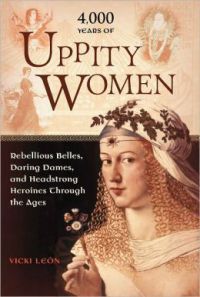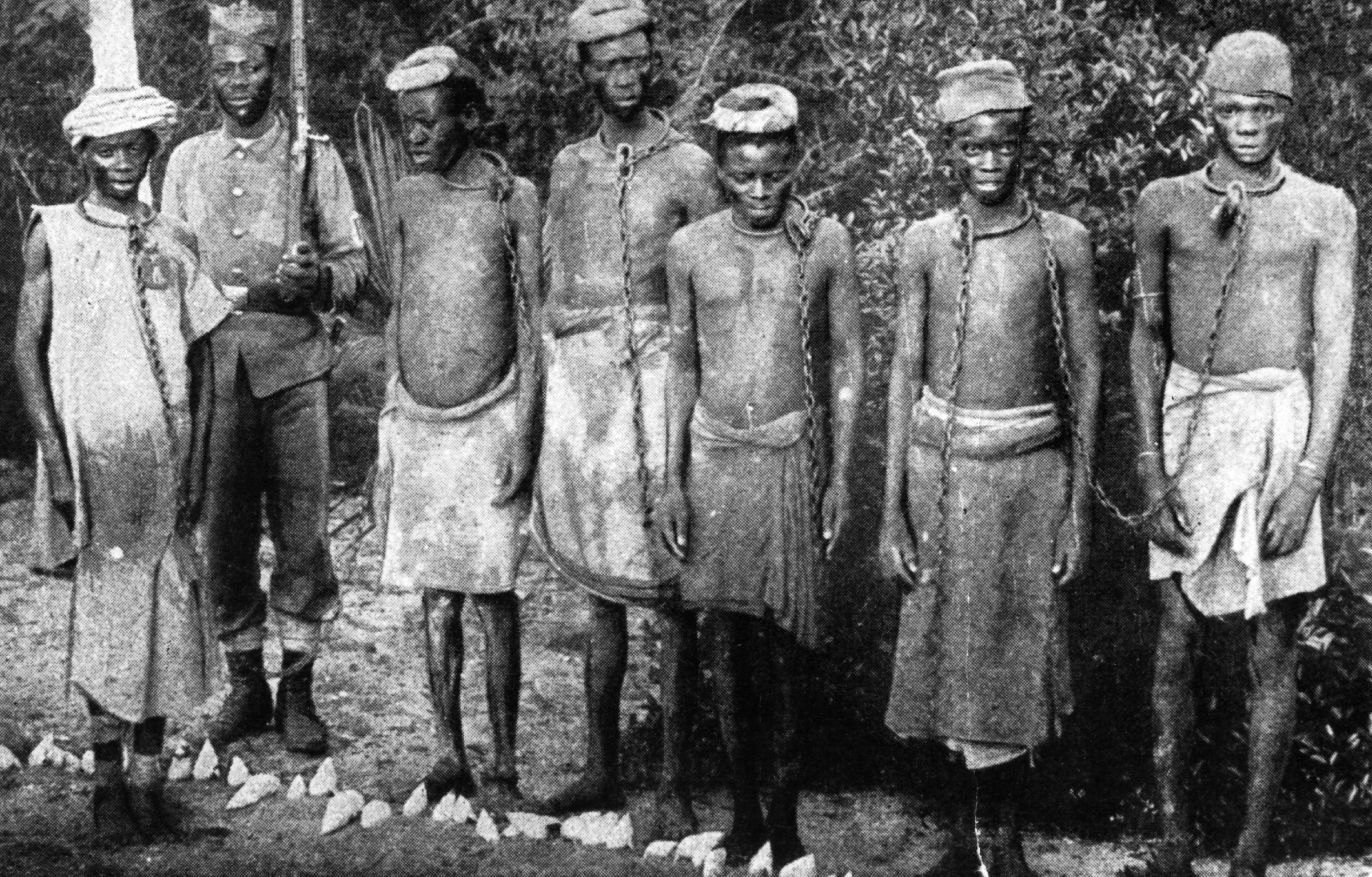 Goodreads synopsis: Since ancient times, irrepressible women have broken all kinds of barriers. They ruled. They invented. They cured people. They killed people. They ran cities and businesses. The won races, athletic and political. They explored. They bankrolled explorers. They even bankrolled religions. Almost every organized religion, from Christianity to Buddhism to Quaker, has gotten off the ground thanks to the hard work and cold cash of women!
Goodreads synopsis: Since ancient times, irrepressible women have broken all kinds of barriers. They ruled. They invented. They cured people. They killed people. They ran cities and businesses. The won races, athletic and political. They explored. They bankrolled explorers. They even bankrolled religions. Almost every organized religion, from Christianity to Buddhism to Quaker, has gotten off the ground thanks to the hard work and cold cash of women!
Most traditional histories written by men ignore, obscure, or erase the role of women, especially those who challenge the status quo. But the evidence of their achievements exists everywhere: in writings, coins, artifacts, graffiti, music, portraits, legal transcripts, love notes, and hate mail. For more than twenty years, Vicki Leon has been examining this evidence, chasing clues however faint and unconventional, and reporting her findings in numerous books, including the delightful four volume Uppity Women series.
4,000 Years of Uppity Women features the best of that series, chosen by Leon herself. It focuses not on legendary goddesses or literary characters but on real women (though many of them did become the subjects of poems, plays, and stories).
4,000 Years was a gift from the same aunt who sent me Eudora Welty’s Curtain of Green, so I was excited to start reading a book with so much feminism! As I started reading, it was obviously written for a younger audience, but that was fine. I can handle younger-audience books, and this might be something I can recommend to younger readers.
Now, I’m trained as a fact checker, and after a little while of that you start to read things differently… and you start questioning everything you read. It also gives you passing familiarity with a lot of really strange things—in my case, more than a passing familiarity with Mesopotamia/Sumer/Babylon/Akkad. I’m not an ancient Mesopotamian scholar by any means, but I know enough to be suspicious with some of the sweeping generalizations presented by León.
For example, her first subject is Ur Nanshe, and a quick Google showed me the Sumerian king Ur-Nanshe, and the only real source I found for a singer named either Ur Nanshe or Ur Nina was for a Wikipedia article for Ornina/Ur-Nanshe. Wikipedia’s sources led me to a book called Sumer and the Sumerians by Harriet Crawford (Cambridge University Press) with the line “The expression of self-satisfaction is delightful, but the figure is is something of a mystery as even its sex is unclear. The name is a masculine one, but the naked torso appears to show breasts. It has even been suggested that Ur-Nanshe may have been a Sumerian castrato!” (source)
Keep in mind, this wasn’t a deep dive into research at all, and we all know that women are generally left out of history, but it still makes me skeptical about the other women listed in this book. Especially because some women are presented with their thought processes or rationalizations for their actions—something we can’t even agree upon in people in the public sphere today who grew up in a society we understand with familiar social mores.
Before I get too far into my fact checker’s nightmare, I want to point out that as a book for younger readers, there’s nothing inherently wrong with ascribing motives to long-dead women to make a more compelling story. But there’s also no reason to not point out that this statute has feminine features but that there’s no solid evidence of it being a woman.
Here’s a list of some of the women included in the book, because that’s why I waited so long to write this review and held up my entire book-reviewing process for months.
From ~2500 BC to AD 450: Ur Nanshe (Sumerian), Kubaba (Sumerian), Hatshepsut (Egyptian), Queen Nefertiti (Egyptian), Ankhesenamun (Egyptian), Deborah (Israelite), Ennigaldi (Babylonian), Queen Tomryis (Massagetae), Queen Olympias (Epirote, later Macedonian), Cleopatra VII (Egyptian), Cleopatra Selene (Egyptian), Zenobia Septimia (Arabian)
From 450 to 1450: Theodora (Byzantine), Zac-Kuk (Mayan), Aethelfled (Anglo-Saxon), Trotula (Italian), Anna Comnena (Byzantine), Kuan Tao-sheng (Chinese), Li Fu-jen (Szechuan), Lady Murasaki (Japanese), Eleanor of Aquitaine (French), Shajar al Durr (Egyptian), Alice Kyteler (Irish), Joan of Arc (French), Jeanne La Férone (French), Jehane Maid of Sermaize (French), Pieronne (French), Claude0Jeanne des Armoises (French)
From 1450 to 1750: Ilona Szilágyi (Transylvanian), Queen Isablella I (Castile), Katie von Bora (German), Yolande Bonhomme (French), Chiyome (Japanese), Moll Frith (English), Nzinga Mbande (Ndongo)
From 1500s to 1899: Wetamo (Wampanoag), Anne Bonney (Ireland), Mary Salmon (American), Grandy Nanny (African), Sally Hemings (American), Manuela Sáenz (Ecuadorian), Jenny Teehuteaunua (Tahiti), Deborah Champion (American), Marie Laveau (Haitian), Kapiolani (Hawaiian)
Obviously there are more, but those are some highlights.
4,000 Years of Uppity Women HUD- 4,000 Years of Uppity Women
- Author: Vicki León
- First edition: 2011
- Publisher: MJF Books
- First Reading
- Date Started: 03/24/17
- Date Finished: 4/1/2017
- Rating: 2/5
- More






